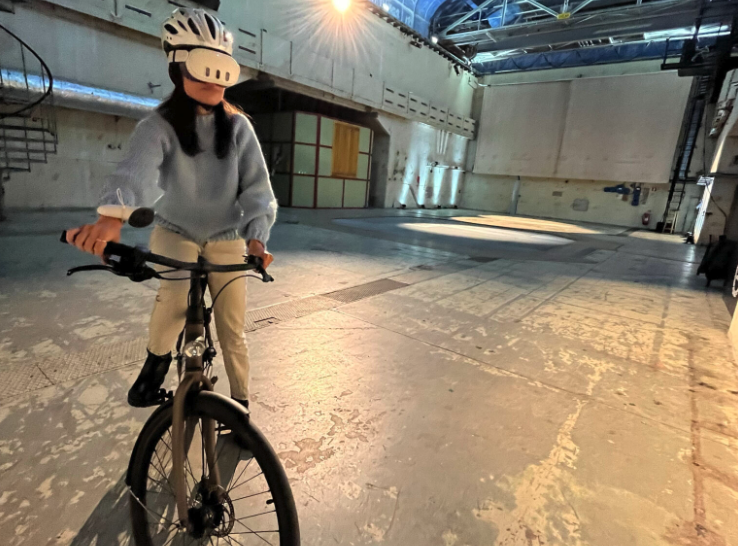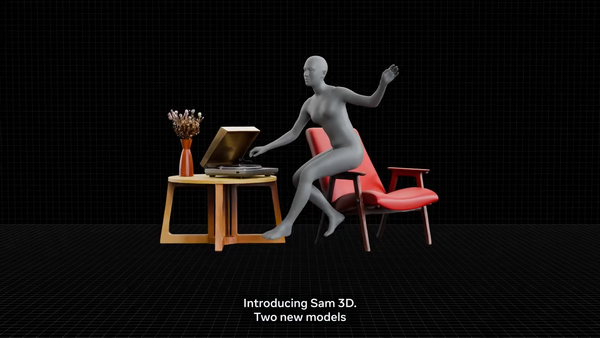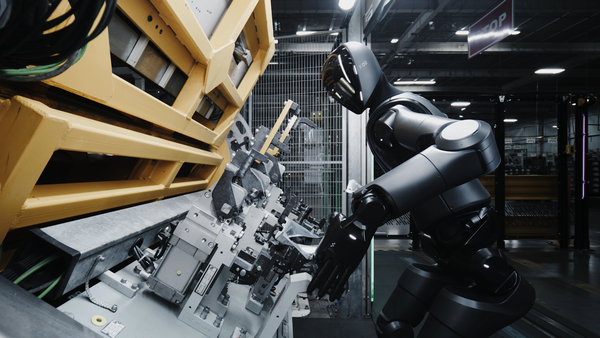University of Glasgow Uses AR to Help Cyclists Communicate with Self-Driving Cars

- AR headset prototypes give cyclists a “sixth sense” for nearby autonomous vehicles.
- Research explores how self-driving cars may need to adapt communication styles for different countries.
A team at the University of Glasgow has developed an AR-based platform called CycleARcade. The system enables cyclists to experience simulated encounters with autonomous vehicles while riding. It was used to explore how technology could offer a "sixth sense" to enhance cyclist safety.
Researchers designed and evaluated three interface prototypes that provide different types of situational awareness. RoadAlert projected signals about vehicle intent onto the road surface and used spatial audio beeps that increased in volume as vehicles approached. reARview offered a virtual rear-view mirror through AR glasses, while Gem displayed vehicle movements using handlebar-mounted screens. Testing with 20 cyclists found that RoadAlert was most effective in helping riders detect relevant threats without losing focus.
A second study used CycleARcade to examine how cyclists in Sweden, Oman, and Scotland respond to self-driving vehicles, reflecting regional differences in infrastructure and expectations. The research will be presented at the CHI 2025 conference in Japan.
Source: YouTube/University of Glasgow
🌀 Tom's Take:
Spatial computing lets us see what connected machines see. By tuning into their data through immersive tools, we gain a new kind of awareness, almost like a shared sixth sense for the real world.
Source: University of Glasgow News






